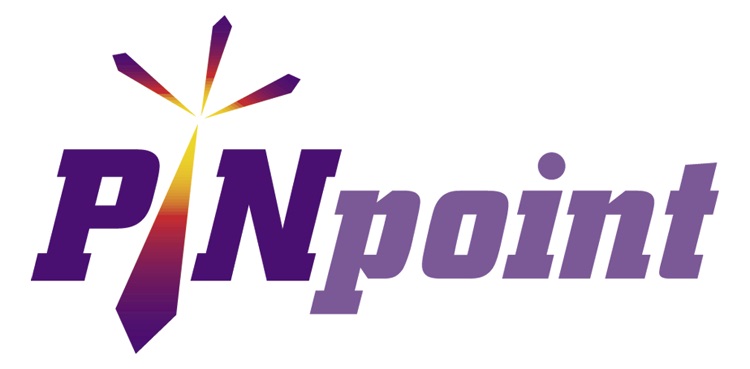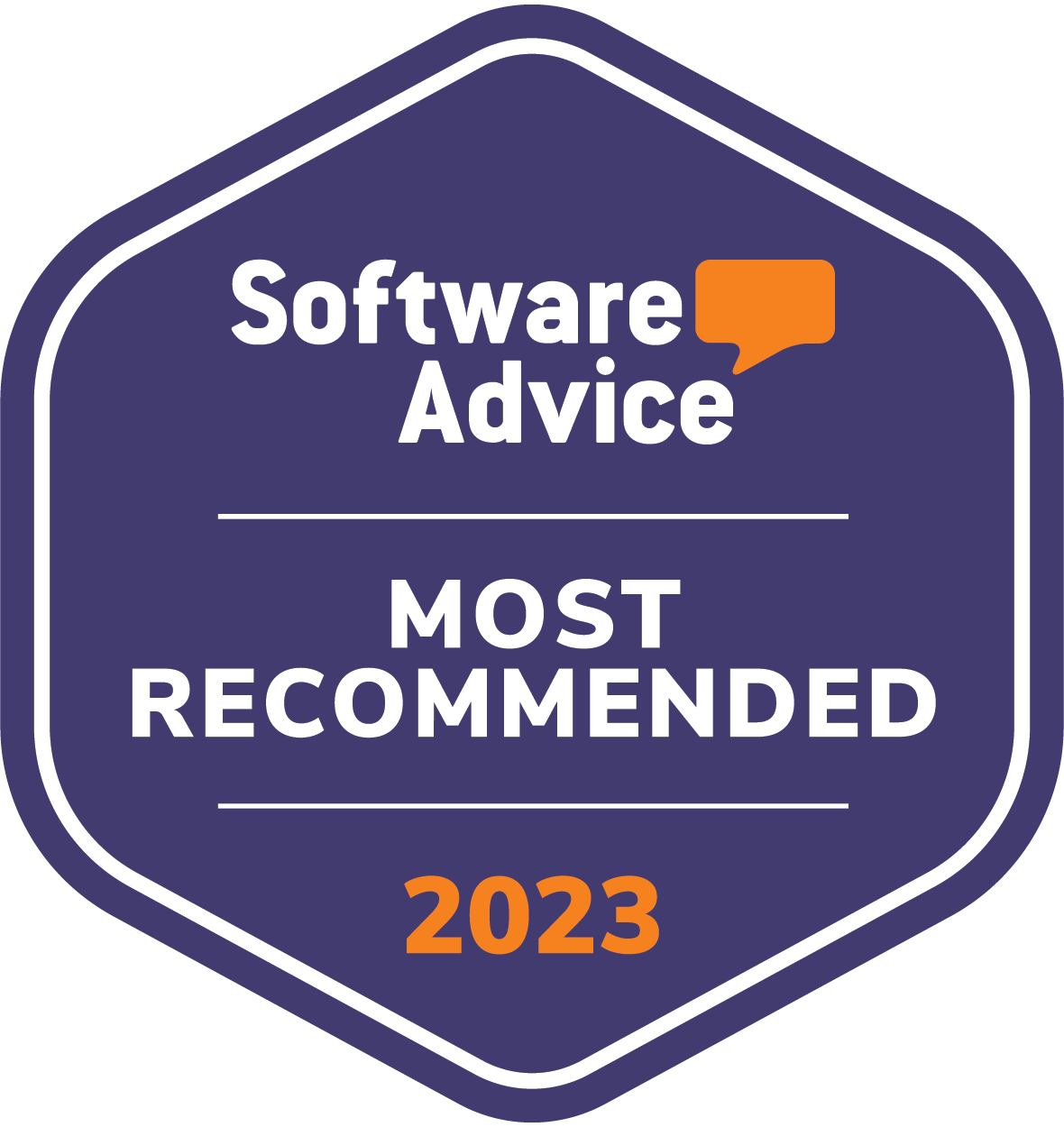Τα προσβάσιμα δεδομένα είναι το κλειδί για την αλλαγή!
(Accessible data is the key to change!)
It’s all Greek to me!
Chances are, unless you speak Greek, that sentence probably looks like just a mess of symbols that appear undecipherable. Often times, this is what manufacturing data can appear like to a user who is unfamiliar with any of the countless nuances within a manufacturing operation. Spreadsheets become cascading walls of numbers and definitions with no seeming relation to one another, that is, unless you are the person that actually created them.
Data analysis of your manufacturing operation is an integral part of the continuous improvement model used to identify inefficiencies and quality issues, what’s causing them, and how to eliminate them. However, data accessibility can be a barrier of entry for some users, which can lead to this step being overlooked – that is where visual analytics come in!
Visual Analytics & Insights
It’s said that a picture is worth a thousand words – and when time is of the essence in a manufacturing operation, intuitive visuals are a must. Rather than using multiple different programs to perform analysis, visual insights combine both hard data and business intelligence visualizations to generate actionable insights and narrativesfrom your data in a single tool. While traditional analysis methods often require specialized knowledge of data science, the intuitive ‘story-telling’ interface of the BI visualizations in the form of dashboards and reports, allows for both seasoned analysts and management to observe the KPI’s affecting their operation – without the hassle of aggregating any of the data.
Too often, the opportunity for change is lost due to miscommunication or misalignment. Visual analytics remedies this through promoting self-service BI – designing interfaces that allows users to interact with the data in real-time even without a data science background. Developing effective visual analytics that enable self-service BI can be a complex task and involves careful analysis of your operation and user base.
The 4 critical steps to develop effective Visual Analytics are as follows:
- Understand what KPI’s impact your operation the most – First and foremost, you need to figure out what analytics are important to you. Start with a list of your major KPI’s and what metrics contribute to them – there should be no ambiguity about how your KPI’s are related in your reports.
- Develop a narrative and flow – Divide your KPI’s into different groups to reduce the number of KPI’s on a single page. Adding different pages with a hierarchical structure, allows users to seamlessly drill-up and down as required.
- Optimize your data set – A key step for displaying your data is cleaning it, keeping only the data that is used in your visuals. It is crucial to ensure your take tells the correct story. Biased or incomplete datasets can ruin your insights.
- Keep it simple – Choosing the right charts with the right metrics reduces unnecessary clutter and wordiness in your dashboards. Let the visuals do the talking – tooltips are a great way to provide extra clarification but should not interfere with the flow of your dashboard. Unfamiliar users can be overwhelmed and lose sight of what’s being conveyed if it isn’t succinct.
After effectively implementing visual analytics within your operation, some key benefits emerge:
- Automating a Repeatable Process – BI reports help standardize your data analysis, through creating an automatic repeatable process that dynamically scales with your data and operation.
- Highlighting quick, actionable insights – Aggregating data and displaying it both visually and intelligently through hierarchical design, reduces analysis times and allows users to drill-up and down seamlessly through the data to trace trends.
- Increased data fluency – Involving more users across your organization in data analytics reduces the amount of time spent replying on help from the analytics team.
- Organization and consolidation of data – “Doing a lot more with less”. Consolidating your data into a single application not only saves time navigating between tools, but also reduces the frequency of data interpretation errors.
MES and Visual Analytics
When it comes to manufacturing, companies that use MES represent prime candidates for gaining insights through visual analytics. Manufacturers who use MES possess the visibility and underlying data needed to enhance your operations. The quality and volume of data captured within your MES allows for both high-level daily monitoring, as well as ‘deep-dive’ analysis of your operation.
Part of enforcing the repeatable process on the plant floor is frequent monitoring of your daily production. Coupled with the tailored nature of visual analytics and the high-level insights offered, KPI’s are readily available across all levels of management – enabling corrective action to be taken within a fraction of the time.
On the other hand, the rich data set created by an MES provides the ability for experienced users to drill-down from high-level analysis to the same granularity (if not more) present with more traditional analysis methods. Such granularity is exemplified though PINpoint’s proprietary 5-Bucket Model, which breaks down cycle-times into distinctive time buckets (Working, Waiting, Available, Suspended, Complete). It’s like having an industrial engineer at every station on the line – you can uncover the Hidden Factory and eliminate waste and non-value-added activity. With visual analytics, each serial number can be illustrated as it traverses the line and uncover where time is lost. PINpoint’s Insight Hub provides all the insights at your fingertips by combining both our revolutionary 5-Bucket Model and tailored visual analytics dashboards.
Driving Productivity and Scalability
Arguably, one of the best parts about visual analytics is the scalability and adaptability to your data set. Your visual analytics dashboards are designed to adapt to any process changes as they are configured within your data model. If simple bar charts and tables simply won’t cut it for telling your data’s story, advanced visuals such as decomposition trees, distribution plots, and process maps are only a subset of what’s available to illustrate your data. Furthermore, due to the adaptable nature of visual analytics solutions, AI is but another factor that can be harnessed with visual analytics to enhance your process.
With the rise of Industry 4.0, visual analytics is no doubt a key feature in driving efficiency and data accessibility. A strong data set will only go so far – gaining the ability for every user to derive real insights efficiently is only the next logical step for any operation!
Ready to start revolutionizing the communicability of your data and start finding in-depth insights in a fraction of the time? Visit our Targeted Services Page to learn more about PINpoint’s Insight Hub and our visual analytics solutions for your operation.









